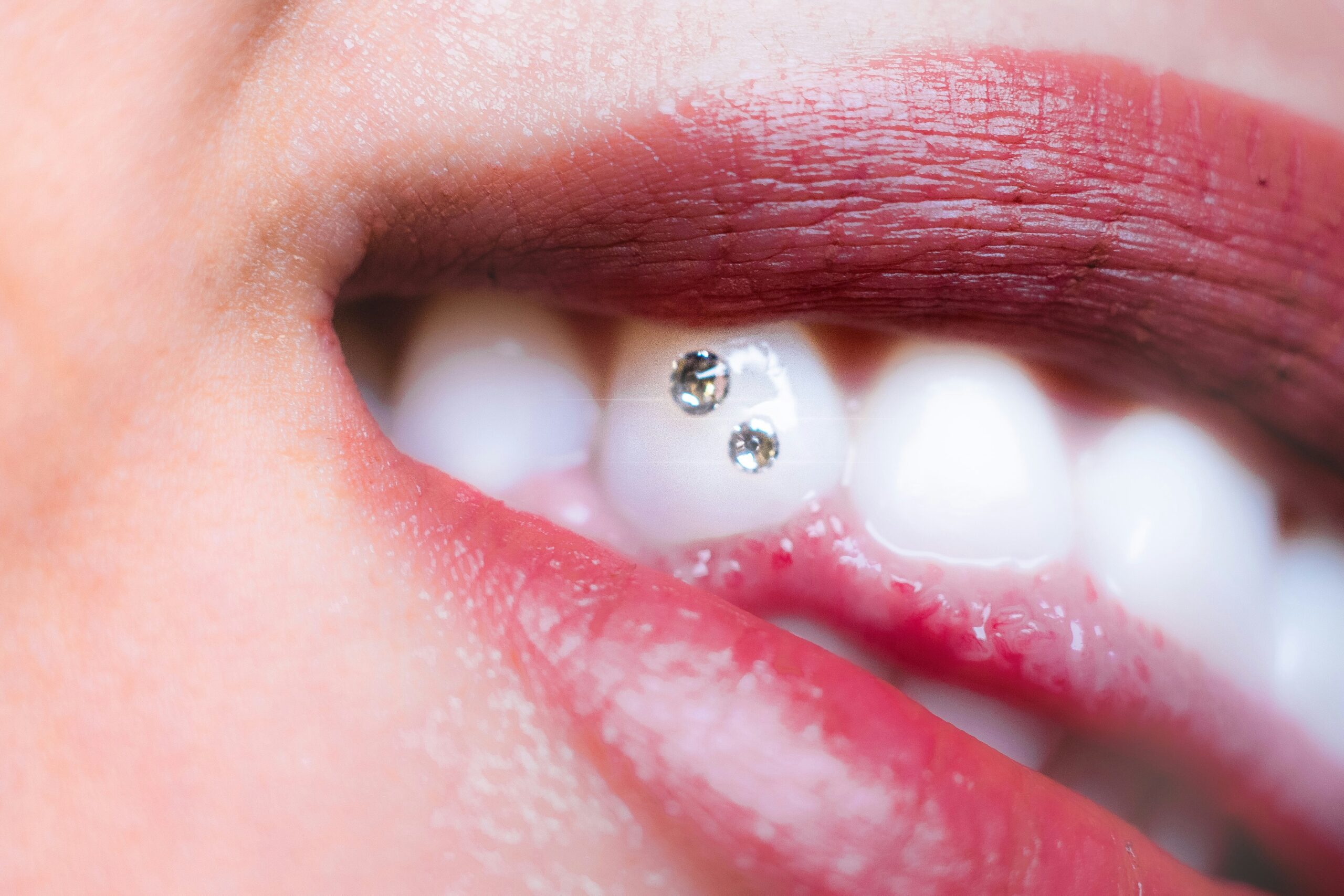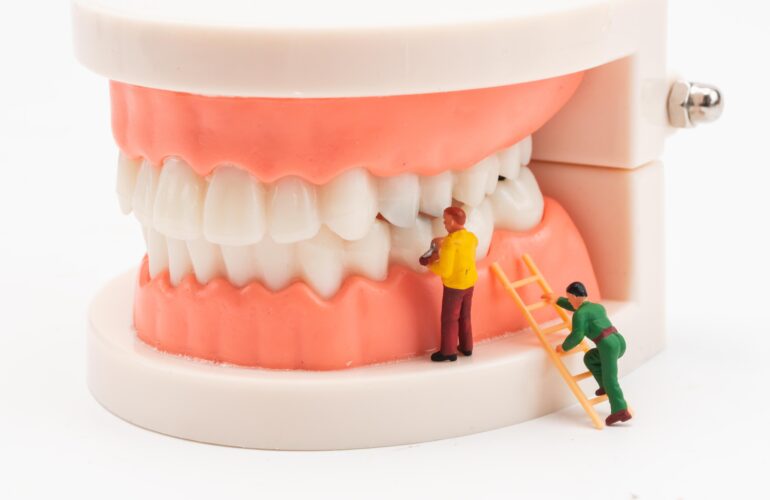In recent years, tooth piercing has emerged as a bold and unconventional form of self-expression. While it might sound like a trend straight out of a sci-fi novel, tooth piercing is very much a reality, and it’s capturing the attention of people looking to make a unique statement with their appearance. But before you rush to your local piercer, it’s crucial to understand what tooth piercing involves, its risks, and how to care for it properly.
What is Tooth Piercing?
Tooth piercing, also known as dental or tooth adornment, involves attaching a decorative piece to the surface of a tooth. Unlike traditional body piercings that go through skin or cartilage, tooth piercings are typically placed on the enamel, the hard outer layer of a tooth. This is usually done using a small, temporary attachment rather than through actual drilling into the tooth.
There are several styles of tooth piercing. Some people opt for simple gems or studs, which are affixed to the surface of a tooth with dental adhesive. Others might choose more elaborate designs that cover a larger area of the tooth or even multiple teeth.
The Appeal
The allure of tooth piercing is primarily rooted in its uniqueness. Unlike earrings or tattoos, tooth piercings offer a less common form of body modification that can make a striking impression. For many, it’s a way to stand out in a crowd or to express individuality in a manner that feels personal and distinctive.
The Risks and Considerations
While tooth piercing may seem like a fun and fashionable choice, it’s not without its risks. Here are a few key considerations:
- Oral Health Risks: Tooth piercings can pose several risks to oral health. The adhesive used to attach the piercing can wear down enamel over time, leading to potential dental issues. Additionally, the piercing can interfere with normal chewing and might even contribute to issues like gum recession or tooth decay if not properly maintained.
- Infection: Just like any other form of body modification, tooth piercings can be susceptible to infection. Bacteria can accumulate around the piercing site, potentially leading to oral infections or inflammation.
- Damage to Teeth: The piercing process itself, especially if not done correctly, can damage your teeth. There’s also the risk of the adornment coming loose and causing damage to your gums or other teeth.
Choosing a Professional
If you’re considering a tooth piercing, it’s vital to seek out a qualified dental professional who specializes in this type of procedure. Dentists are more equipped than traditional piercers to ensure that the piercing won’t adversely affect your oral health. They can also provide advice on the best types of adornments and how to properly care for your new piercing.
Aftercare
Proper aftercare is essential to minimize risks and maintain oral health. Regular brushing and flossing are crucial, and you should also avoid any foods or drinks that might irritate the piercing site. Rinsing with an antimicrobial mouthwash can help prevent infection.
Tooth piercing is a striking way to express individuality, but it comes with its own set of risks and responsibilities. By understanding the potential implications and taking appropriate precautions, you can enjoy this unique form of body modification while maintaining good oral health. As with any body modification, it’s essential to weigh the benefits against the risks and consult with professionals to make an informed decision.




